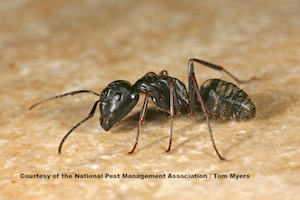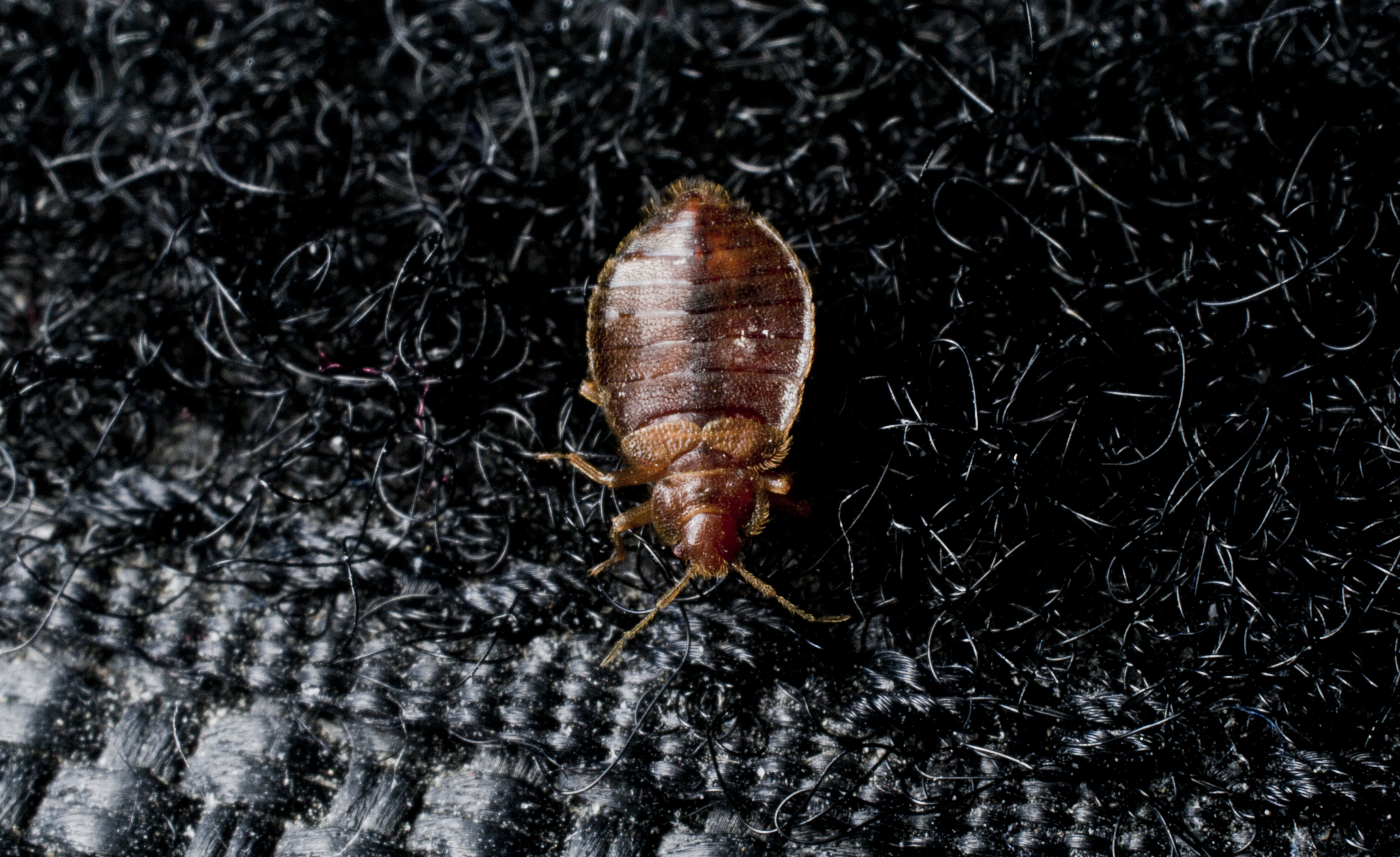An Exclusive Look at the Underground Home of America’s Number One Nuisance Pest
The National Pest Management Association offers rare glimpse of just how complex ant colonies can be
FAIRFAX, VA (June 23, 2020) – With ants being the number one nuisance pest in America*, it’s safe to assume that almost everyone has spotted an ant on the kitchen counter and thought, “it’s just one, no problem!” Well, think again. The National Pest Management Association (NPMA) today released its latest video project chronicling the creation and excavation of a metal fire ant nest cast to show how these social pests live and work in large complex colonies, often right in our own backyards. This unique project offers a behind-the-scenes look at a colony that was once believed to house over 200,000 fire ants and demonstrates how just a few tiny ants can actually mean one large problem if not treated at the source — the nest.
“That single innocuous ant you see on your kitchen counter in the summer is actually communicating with the larger colony outside about how to get into your home,” said Jim Fredericks, Ph.D., chief entomologist for the National Pest Management Association. “To shed light on what’s really going on in backyards all across the country, our team of experts poured molten zinc into a fire ant nest located just below the surface of a lawn. The three-dimensional casting that resulted exposes the immense scale of a typical colony containing upwards of 100 different chambers, underscoring the need for vigilant prevention measures.”
While red imported fire ants are a particularly dangerous species that send many who come in contact with their stings to the hospital, other species of ants, like Argentine ants and carpenter ants, can contaminate food and damage property as well. To help homeowners stave off an infestation, NPMA is sharing the following tips to implement in and around the home:
- Seal cracks and crevices in and around the home with an appropriate sealant, paying close attention to where utilities enter.
- Store sugar, syrup, honey and other sweets in closed containers and wipe the outside of the containers to eliminate any sticky residue.
- Ensure all garbage cans have a secure lid and dispose of trash regularly.
- Promptly clean up grease, crumbs and spills to remove potential food sources.
- Repair leaking pipes to avoid moisture buildup and use a dehumidifier in damp basements and attics.
- Inspect potted plants inside the home for signs of nesting and remove the plants at the first sign of an infestation.
- Eliminate potential nesting sites by removing old landscape materials, excess vegetation and debris from the yard.
- If you are concerned about ants on your property, contact a licensed pest control professional.
For more information about ants, visit PestWorld.org.
*Online engagement findings are a result of research conducted by Advanced Symbolics Inc.
###
About the National Pest Management Association
The NPMA, a non-profit organization with more than 5,500 members, was established in 1933 to support the pest management industry's commitment to the protection of public health, food and property from the diseases and dangers of pests. For more information, visit PestWorld.org or follow @PestWorld on Facebook, Twitter, Pinterest and YouTube.

Learn About Ants
Ants are a common pest homeowners struggle to eradicate. Learn more about them!

Bed Bug Pest Guide
Traveling for the holidays this year? Be sure to keep an eye out for bed bugs! Use our Pest Guide to help identify this pest.

NPMA's What Grows There? Project
Check out NPMA's What Grows There? project to learn how pests, such as flies, cockroaches and rodents, can spread germs throughout a home.

About the National Pest Management Association
The NPMA, a non-profit organization with more than 5,500 members, was established in 1933 to support the pest management industry's commitment to the protection of public health, food and property from the diseases and dangers of pests. For more information, visit PestWorld.org or follow @PestWorld on Facebook, X, Pinterest, TikTok and YouTube and @PestWorldOfficial on Instagram.

Learn About Ants
Ants are a common pest homeowners struggle to eradicate. Learn more about them!

Bed Bug Pest Guide
Traveling for the holidays this year? Be sure to keep an eye out for bed bugs! Use our Pest Guide to help identify this pest.

NPMA's What Grows There? Project
Check out NPMA's What Grows There? project to learn how pests, such as flies, cockroaches and rodents, can spread germs throughout a home.
